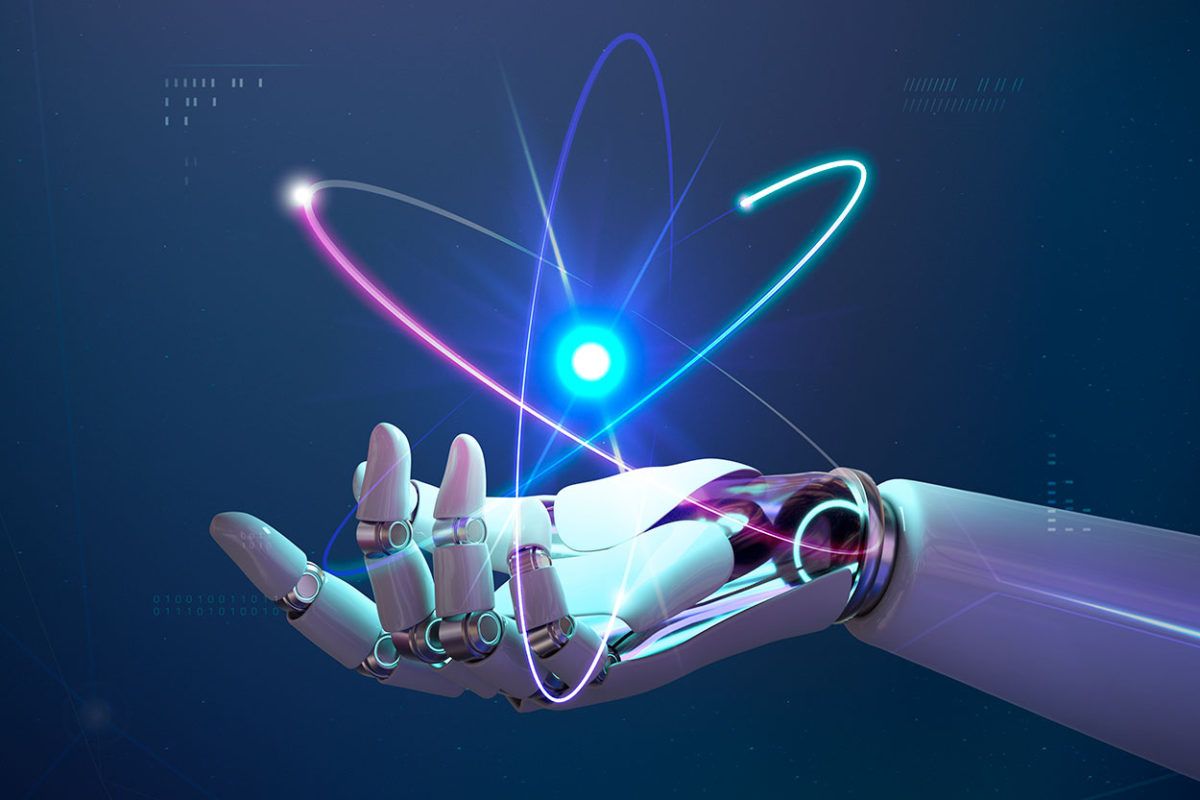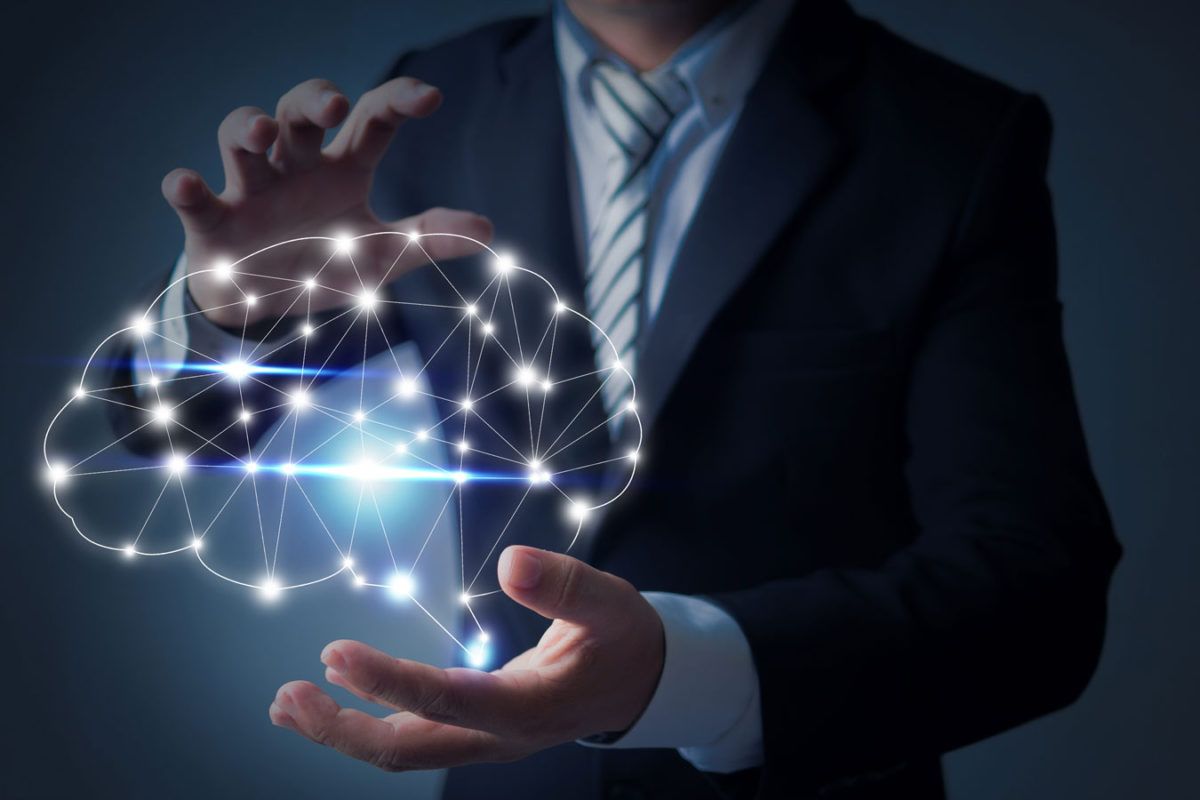Artificial intelligence has enabled computer systems to analyze digital images, videos, and other visual inputs with computational methods to derive information that can be used to make decisions. One of the key fields of AI is computer vision, which deals with computational methods to help computers understand and interpret the content of digital images.
Computer vision aims to make computers see and understand visual data input from cameras or video sensors, simulating human vision using computational methods. With its speed, continuity, accuracy, and scalability, computer vision systems are able to inspect products, monitor infrastructure or production assets to analyze thousands of processes in real-time, surpassing human capabilities.
Any industry can benefit from computer vision
The latest deep learning models achieve above human-level accuracy and performance in image recognition tasks such as face recognition, object detection, and image classification. Computer vision applications are used in a wide range of industries, including security, medical imaging, manufacturing, automotive, agriculture, construction, transportation, and smart cities.
According to a 2021 report by Verified Market Research, the computer vision AI market size was valued at USD 7 billion in 2020 and is forecast to reach USD 144 billion by 2028, growing at a compound annual rate of 45% from 2021 to 2028.
In just three basic steps: acquiring the image/video from a camera, processing the image, and understanding the image. To train a computer to recognize images accurately, it requires a large amount of data, such as images of hats with people wearing hats in different scenes, to learn the characteristics of a hat.
Computer vision can recognize fraud attempts in the insurance industry and speed up the claims settlement process. At LISA Insurtech, we use the most cutting-edge technology to offer documentary and photographic analysis in all claims settlement processes, thanks to the help of our artificial intelligence, Burns.
If you want to learn more about computer vision and its role in the insurance industry, visit our website or contact us today.








